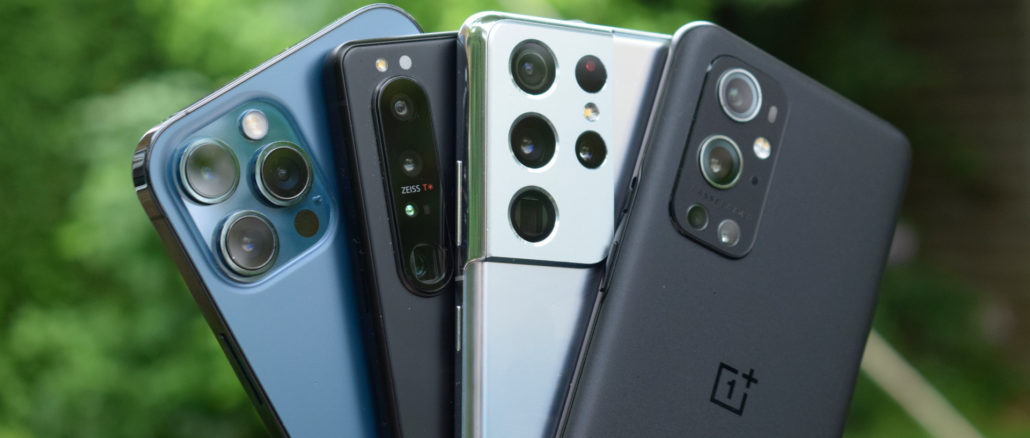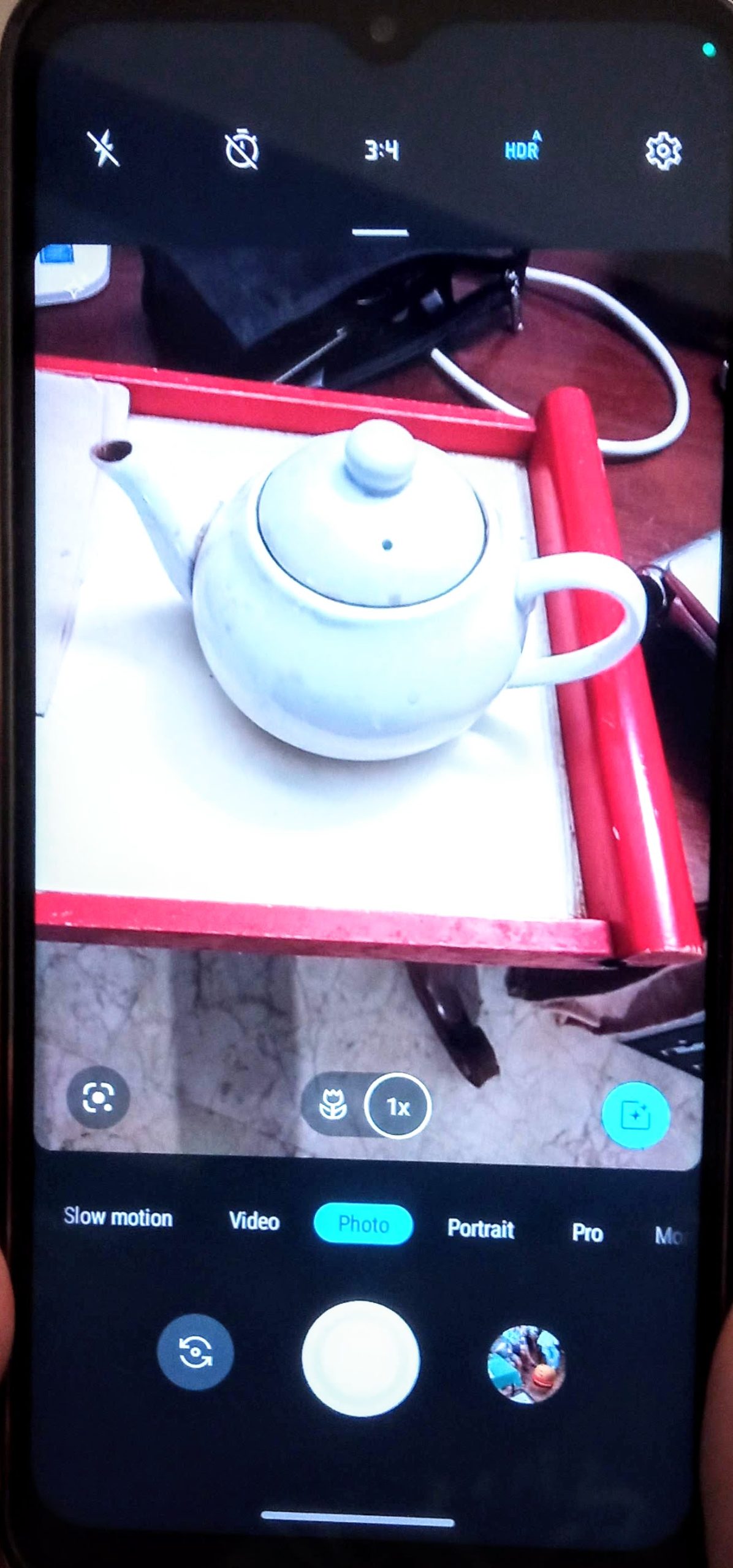
On Thursday August 11th we took a look at the cameras built in to our smartphones. Some sport two, three or even four lenses. There’s always the main lens which has the most megapixels. 48 is pretty standard, although more megapixels doesn’t necessarily mean great pictures. Some have macro, wide angle and even telephoto lenses..and of course there’s the selfie camera on the front.
This review describes phones with a particularly good cameras: https://www.tomsguide.com/us/best-phone-cameras,review-2272.html
Chris ran through some of the features of her phone camera (a modestly priced Moto G50, Android) while members checked to see if similar features were available on their own phones.
 I
I
Chris’s main camera menu offered: Slow Motion – Video – Photo – Portrait – Pro – More
Tapping on each menu item gave additional options in a row just above the main menu at the bottom as well as settings at the top of the screen. (In the screenshot on the left “Photo” has been chosen from the main menu and the additional options on the row above are Left to right : “Google Lens” (dot with a broken square around it) a macro option in the middle (the little flower) and a selection of filters on the right.
At the top of the screen there are various settings for a simple photo: Flash (off in this case); timer, aspect ratio of the picture, HDR filter (on) and the Settings cogwheel.
Different phone models and Android versions have different layouts!
Members asked what HDR is: Here’s an explanation: https://lifehacker.com/what-is-hdr-and-when-should-i-use-it-in-my-photos-5991508
The Pro option gives more user control for photography enthusiasts such as automatic focus, shutter speed, white balance, film speed, exposure compensation etc. The Settings cogwheel gives even more things to play with, such as automatic compensation for the “Rule of Thirds” https://en.wikipedia.org/wiki/Rule_of_thirds
The More option provides fun and creative tools!

AR Stickers – Augmented reality stickers. You can add various virtual creatures and speech bubbles to a photo. Here a hamburger joins the JCC audience

Cutout – The software identifies a person and deletes all the background leaving a cutout of the subject, in this case Committee Member Peter. You can later add a different background.

Spot Colour: This enables you to choose a colour to enhance it in a composition. In the above photo the tool has been used in an extreme setting to select the green of the table-cloth with the rest of the photo in Black and White.

Cinemagraph: you shoot a short video clip which includes moving objects while holding the phone still. Then you choose which parts of the scene you want to keep as a repeated animation. The software creates a GIF or MP4 image retaining the animation. In the image above only three of the palm trees are blowing in the wind.
If your camera doesn’t have these features, there’s always an App for that on the Google Playstore or Apple App store. Just Google “Ar Stickers app” or “Cinemagraph app”
We revisited Google Lens for people who weren’t with us last week, See last week’s notes “What Google Knows about you” for information about Google Lens and how to use it: https://javeacomputerclub.com/2022/07/29/what-google-knows-about-you-and-how-to-make-it-forget-if-you-can/ A member of the audience also introduced us to “FaceApp: Face Editor” — which enables you to age (or de-age) a portrait photo, change hairstyles etc.. and to confirm my dislike of selfies,
Chris Betterton-Jones, Knowledge Junkie
